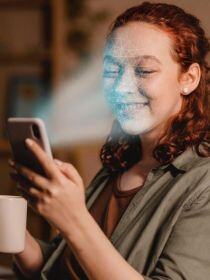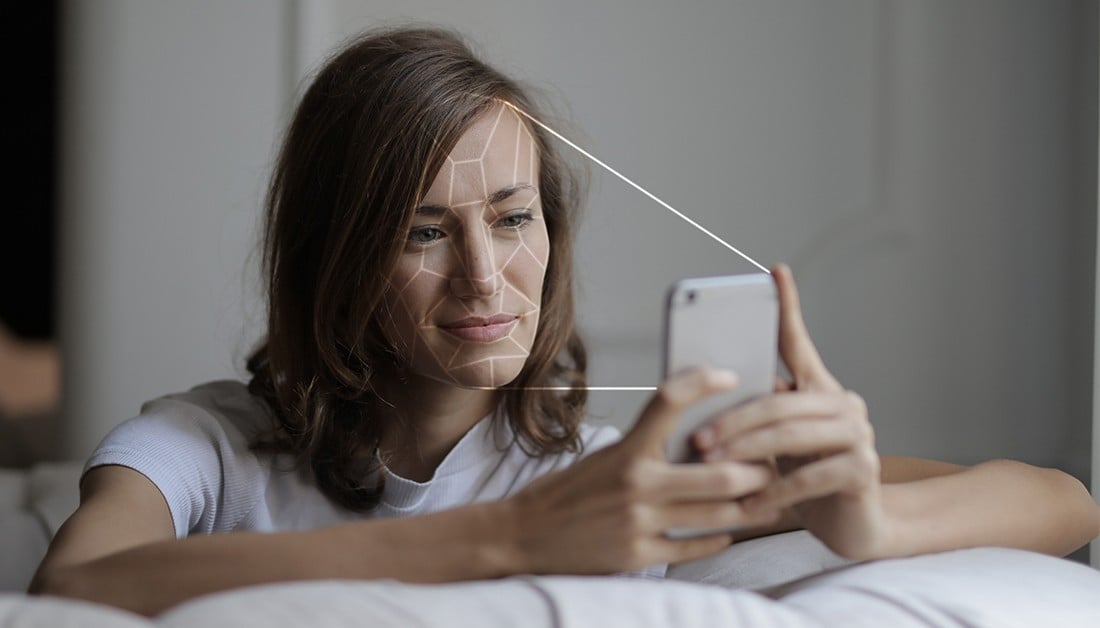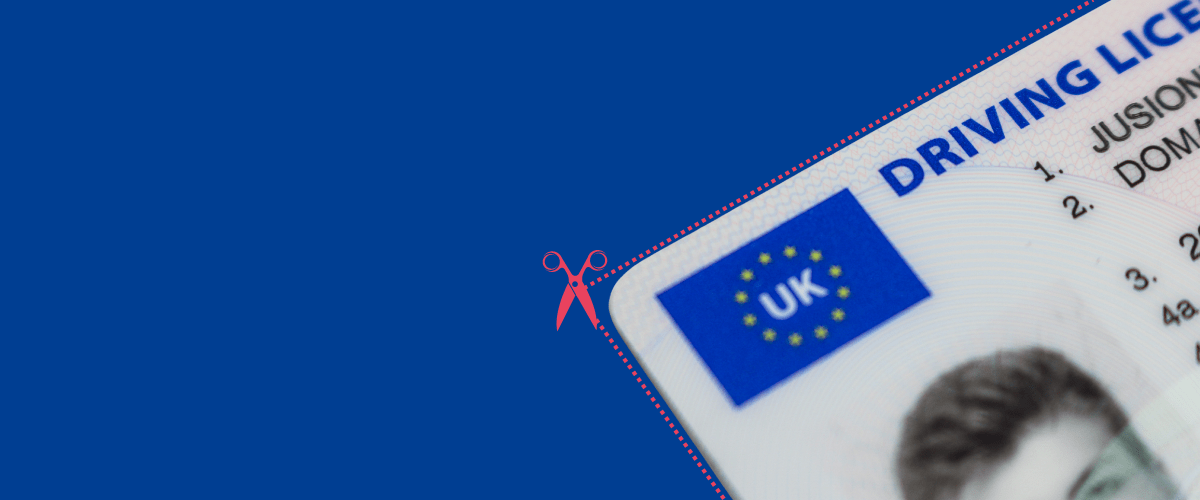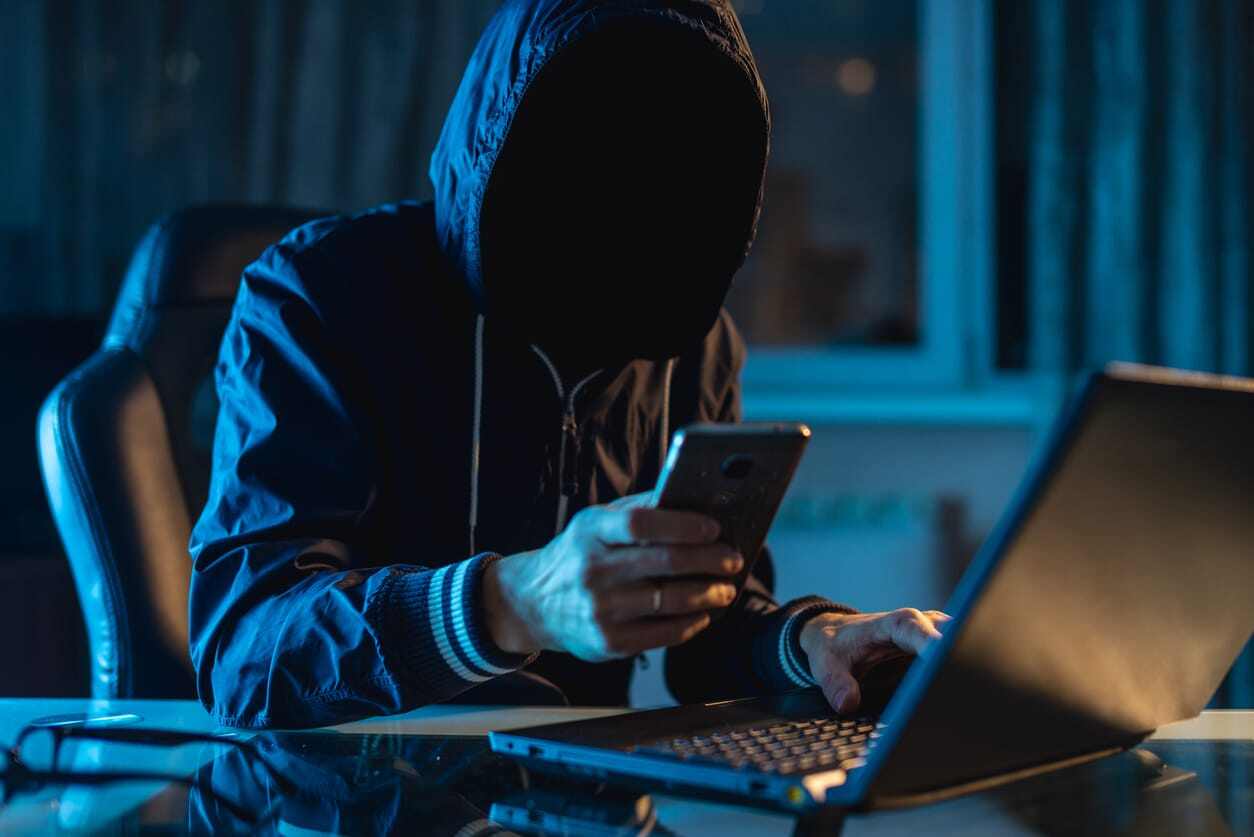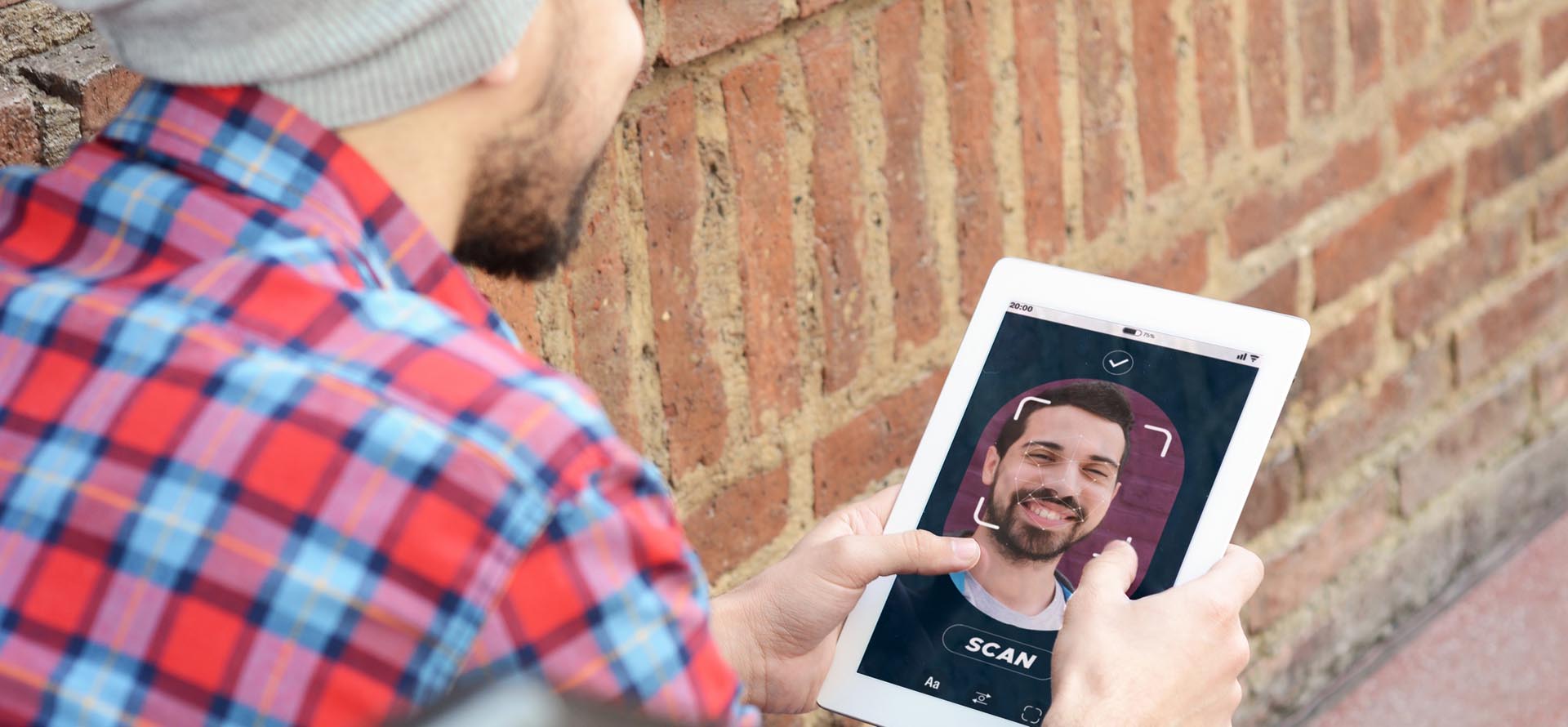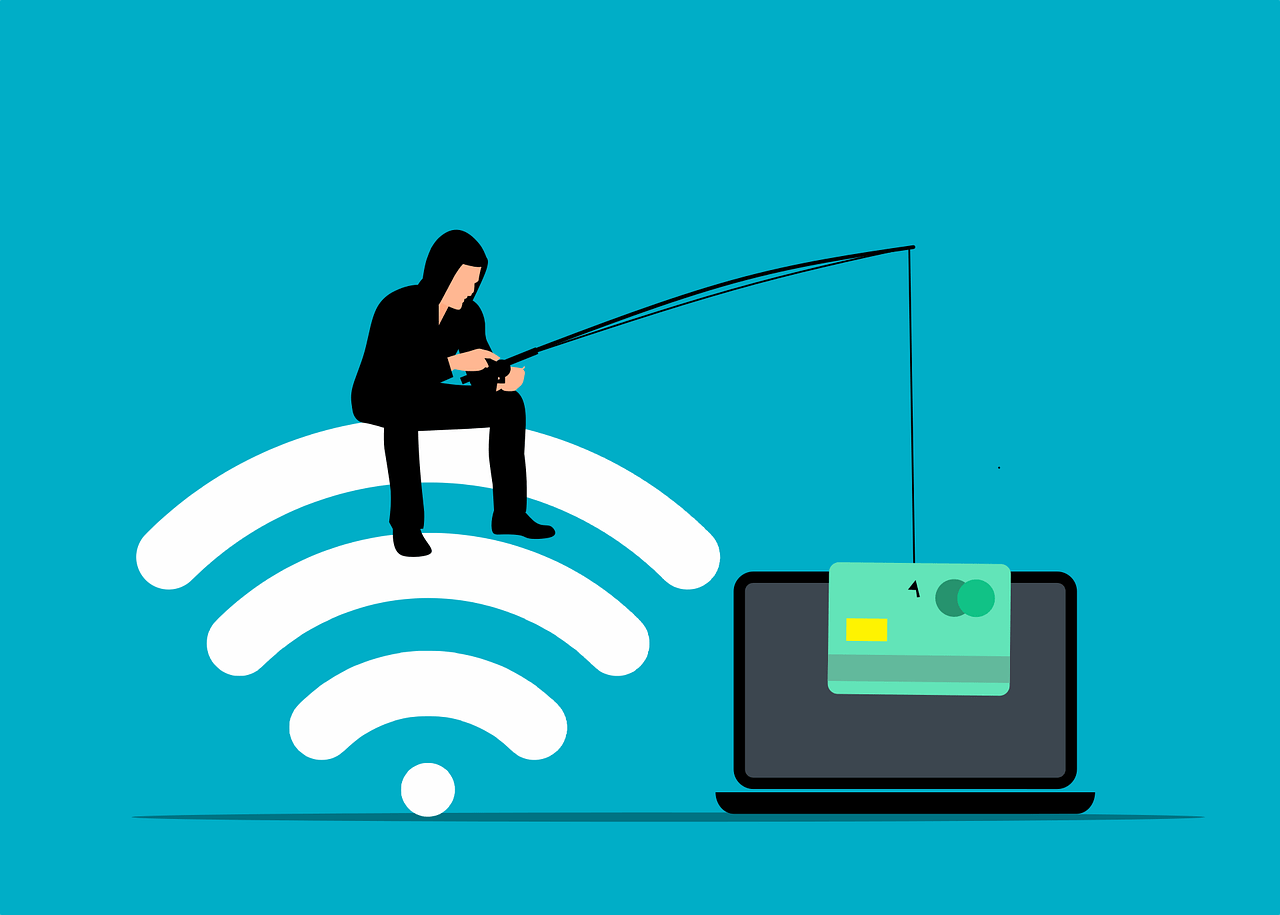There are a number of reasons why organisations might be interested in liveness detection. Two main aspects of liveness detection are fraud prevention and identity verification in different use cases. In this article, we explain the difference between active and passive liveness detection and help organisations understand why passive liveness detection is so beneficial in the context of identity verification.
What is liveness detection?
In computer vision, liveness detection is the process of distinguishing between genuine and falsified inputs. This is an important security measure for many systems to prevent spoofing. In a spoofing attack (or presentation attack), fraudsters attempt to deceive a biometric system in order to gain unauthorised access.
Liveness detection is an important security measure that can be used to prevent identity fraud. With the help of a liveness detector, you can ensure that the image comes from a living person and not from a fake or simulated person.
Liveness detection Technology
There are many ways to detect liveness, the most common being the use of infrared cameras. When an infrared image is taken of a person's face, the real tissue reflects more light than the fake or manipulated tissue. This difference can be used to determine whether the image is genuine or not.
Another frequently used method is 3D recognition using depth sensors. This involves creating a three-dimensional model of the face to check whether it has a natural structure. Photos or screen recordings that are only flat can be easily recognised in this way.
Analysing micro-movements also plays a central role in liveness detection. This involves recognising unconscious, subtle movements of the face - such as blinking, trembling eyelids or minimal head movements. Such natural movements are difficult to imitate with fake images, videos or masks and significantly increase the security of identity checks.
Types of liveness detection
There are two types of liveness detection: active and passive.
Active Liveness detection
With active life detection, the user must consciously interact, e.g. smile, blink or speak when prompted, to prove that it is a living person and not an impostor.The active approach is sometimes problematic because it can be easily manipulated by fraudsters through a so-called ‘presentation attack’. For example, fraudsters can easily trick the system by using various gadgets or ‘artefacts’, some of which are quite easy to handle, such as 3D paper masks.
Passive liveness detection
Passive life detection, on the other hand, works completely in the background without the user having to actively do anything. Here, the software automatically analyses subtle biometric features such as skin texture, reflections in the eyes, depth information or micro-movements to determine whether it is a real, living face.
Passive liveness detection is generally more accurate than active liveness detection. It is also more user-friendly as the user does not have to make any artificial movements in front of the camera.
What are Presentation attacks?
We speak of presentation attacks when someone attempts to deceive a biometric system. This happens, for example, when someone uses a photo, a video, a mask or even a fake fingerprint to impersonate another person. The aim is always to bypass the security measures and gain unauthorised access.
What types of presentation attacks exist?
When it comes to identity verification, there are various methods that fraudsters use to try to trick the systems. Here are the most common types of presentation attacks:
Photo attacks
The simplest form of fraud is the use of printed photos. Fraudsters present a photo of the real person in front of the camera. Modern liveness detection recognises such attempts at deception by analysing surface structures and the lack of three-dimensionality.
Screen attacks
A more advanced method is the presentation of digital images or videos on smartphones or tablets. However, Liveness Detection can identify characteristic features of screens such as reflections, pixel patterns or unnatural motion sequences.
Mask attacks
Fraudsters are increasingly using high-quality 2D or 3D masks made of various materials such as silicone or plastic. However, Passive Liveness Detection can distinguish real facial features from artificial ones by analysing textures, edges and depth information.
Deepfake attacks
The most technically sophisticated form is deepfakes, in which video recordings of a person are manipulated in real time. Modern recognition systems pay particular attention to small natural facial movements and skin structures, which are difficult to imitate deceptively realistically.
Why passive liveness detection is the better solution
Companies are increasingly relying on passive liveness detection for digital identity verification. But why is passive liveness detection superior to active liveness detection? Here are our top three reasons:
- It's more secure.
- It's more efficient.
- It's faster.
Passive Liveness Detection is more secure
In contrast to active liveness detection, passive liveness detection recognises features of presentation attacks such as edges, texture and depth to clearly distinguish the face of a living person from an inanimate or fake face.
This means that recognition is not easily fooled by animation software that mimics facial expressions such as smiling or frowning. It can also deal with so-called presentation attacks such as strong fakes, 3D masks, puppets, etc.
Passive Liveness Detection is more efficient
Active liveness detection methods require the user to perform specific actions, such as blinking or turning their head, which are often misunderstood, difficult to understand or simply ignored. This results in frustrated users cancelling the verification process - with potential sales losses for companies.
Passive liveness detection, on the other hand, is much easier and more convenient for users, while it is more efficient and profitable for companies. Unlike active processes, it runs without any user interaction. This makes the verification process more pleasant and smoother - resulting in fewer cancellations and less lost sales.
Passive Liveness Detection is faster
The entire process of passive liveness detection takes about 10-15 seconds. Normally, a user does not need to follow any instructions or operating manuals, as only natural behaviour is required. This speeds up the process and makes it more convenient. This is because the user is not forced to hold still, for example, which is often difficult for many people. Instead, the facial features and natural facial movements are captured.
The advantages of passive life detection can be summarised as follows
- Increased protection against fraudsters and manipulation attacks
- Better user experience and more convenience in identity verification
- Higher conversion rates due to fewer cancellations
- Higher turnover

Source: Biometrics Institute
How PXL Vision uses passive liveness detection
Of course, PXL Vision's identity verification software works with passive live detection. The solution therefore benefits from all the advantages mentioned above. It works in two simple steps:
- Users first take a photo of their ID card or ID document with their smartphone.
- In a second step, they take a short video selfie in order to recognise and verify that the document is still alive.
The seamlessly integrated solution guarantees a smooth user experience and is extremely fast: the entire verification process can be completed within seconds. PXL Vision's solution is optimised for conversion, which reduces the verification drop-out rate.
If you are interested in more (technical) details and want to know what to look out for when choosing the right identity verification solution, please download our buyer's guide.
FAQ about Liveness Detection
Liveness detection is important for:
- Fraud prevention and increased security against manipulation attacks
- Better user experience due to smoother process (especially with passive detection)
- Faster identity verification (10-15 seconds)
- Higher conversion rates due to fewer process cancellations
Facial recognition for identity verification is a two-step process:
- The user takes a photo of their ID document.
- A short video selfie is then taken to check and verify that the person is alive.
Yes, there is also liveness detection for fingerprints in identity verification, not just for facial features and facial movements. Special sensors are used to check various characteristics of the finger, such as:
- The blood circulation of the tissue
- The natural skin structure
- The temperature of the finger
- The conductivity of the skin
.png?width=126&height=101&name=logo%20(2).png)
.png?width=63&height=51&name=logo%20(6).png)
